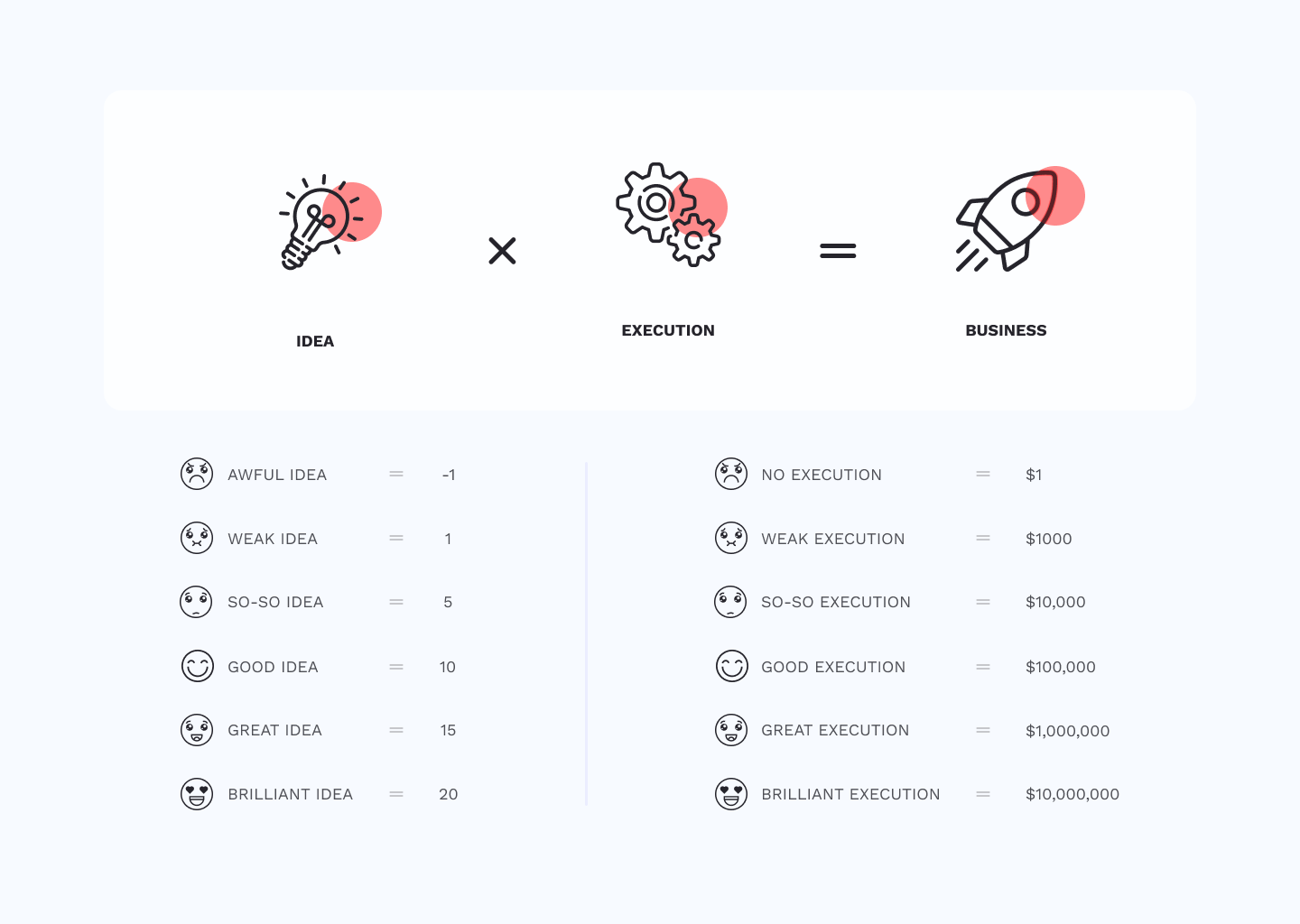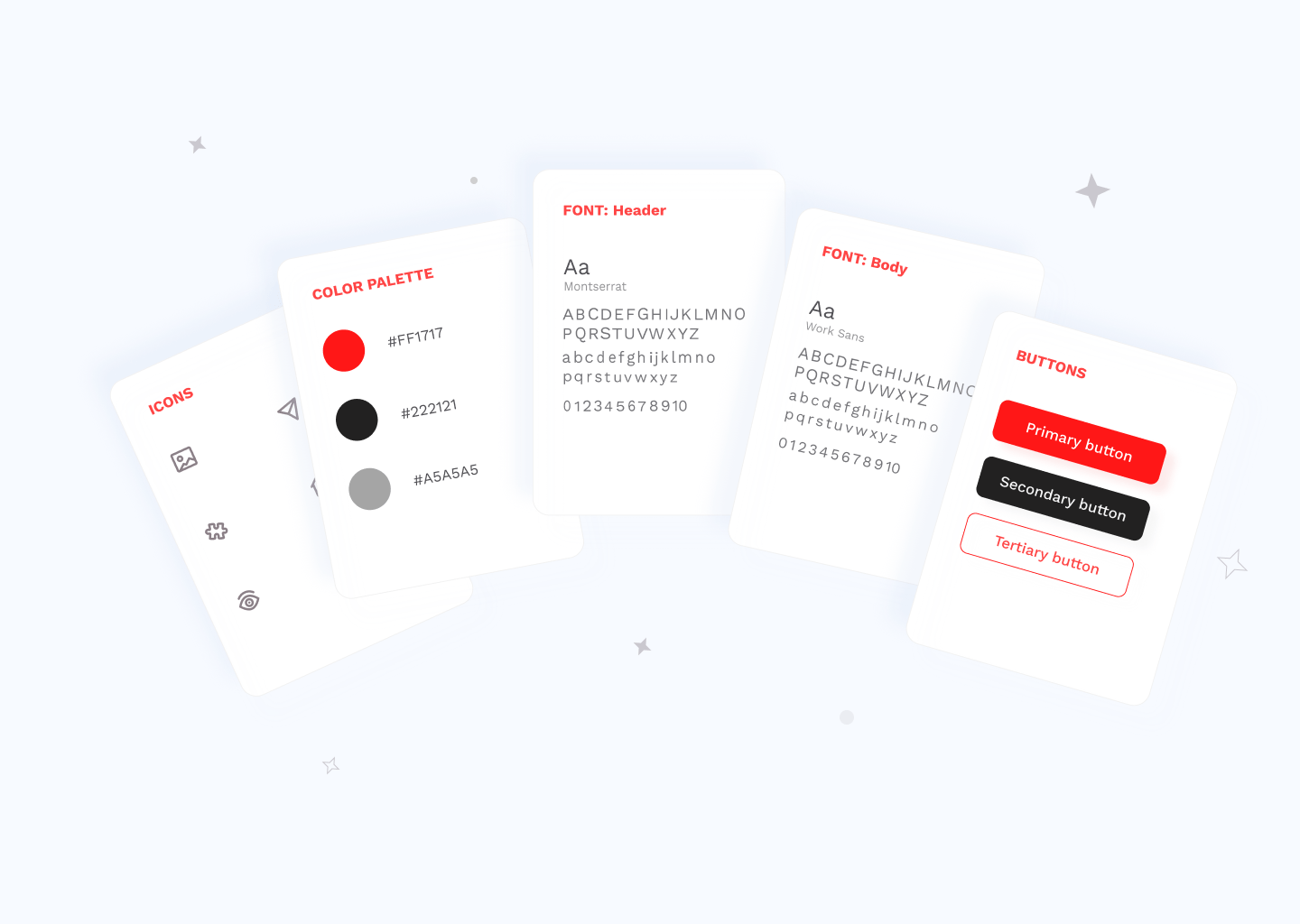Every day we’re witnessing the emergence of new startups. Thousands of them have a disruptive, innovative idea of how to solve issues. However, in the modern market, a brilliant startup idea is just not enough.

To bring your idea to life, you need sufficient finances. So how do you convince a potential investor your idea is promising and groundbreaking? Build a prototype, of course.
Keep reading to find useful principles and tips on how to make a product prototype for venture funding.
Why Make a Prototype to Get Funding: Prototype Concept and Benefits
To start, let’s define what a prototype stands for. A concept of prototype involves a visual representation or simulation of a future product. Generally, a prototype is clickable product screens that demonstrate the interaction between the user and the interface. However, it should be mentioned that a visual and clickable prototype is not a final version of your product. To some extent, making a prototype is a stage between the idea in your head and its practical realization.
Creating a visual and stunning prototype allows your prospective investors to value your startup’s idea and prove it’s worth funding. Interactive prototypes perfectly demonstrate to investors the whole idea of a future product, show user interface level, and facilitate business concept discussion at the early stage. As a result, you get a chance to deliver a viable and proper product that fits your target market.
Why you should start prototyping
Before going into detail about prototyping principles, it’s worth discussing some of prototyping’s critical benefits for both startupers and investors.
- Business idea and design validation. You can start viewing your idea from a different angle and improving your business offering while a prototype is only being built. Moreover, building prototypes allows running lots of tests to determine the most workable user flows and design as a whole.
- Reduced costs and time to market. Since you define common risks at the early stage of product building, you can avoid spending considerable costs making changes, thus accelerating product release. As stated in the IBM report, fixing bugs during implementation will cost 6x more than fixing defects during the design phase.

- All of the team is on the same page. Prototypes act as references for developers, so they clearly know how the product should operate. Therefore, you avoid any miscommunication and long-lasting meetings explaining product concepts. As IDEO’s founder says: “If a picture is worth 1,000 words, a prototype is worth 1,000 meetings.”
- Receiving earlier feedback. You can get earlier reviews from real users before building the final product version. Such earlier feedback allows you to respond to any weaknesses quickly and proceed to product development according to user expectations.
- A solid way of investor engagement. The prototype helps bridge the gap between you and investors. You can showcase your product vision and potential growth and convince investors that your idea is worth investing in and attracting seed funding.
What Are the Fundamental Principles to Build a Prototype for Funding?
Before you rush into designing your prototype, it’s necessary to learn some basic principles and best practices for doing this. Here are five useful principles to help you make a prototype to get funding.
#1 Define your target users and intent
First and foremost, you should clearly identify your prototype’s goal, whom you’re creating the product for, and what challenges it should solve. Well-thought-out target users and goals increase chances to get the most out of your prototype and, in the future, achieve excellent results in the market.
#2 Start with paper for the very first iteration
Paper prototyping is a fast way to get your own thoughts straight. And don’t dwell on your first ideas. The paper approach provides an excellent opportunity to create different alternatives promptly and see what works the best.

#3 Prioritize product features and ditch the details
When starting the design process, it’s essential to keep the scope to key product features that fit your target users’ needs and number of the screens with significant elements on them.
Always remember, your prototype is like a business pitch. So, eliminate color, typography, and other design elements. You test ideas first, and after all the essentials are well thought out, you can proceed to the details.
#4 Use the right tools
To create your ideal prototype, you should choose a tool that meets your needs. These tools can make your process of creating prototypes more comfortable and faster. Here are the most used tools for prototyping, according to the 2019 Design Tools Survey, based on over 3,000 designers interviewed.

Let’s take a closer look at the top 3 prototyping tools:
- Sketch is the most popular tool for prototyping. It’s an easy-to-use toolkit with features like a smart layout, a host of shortcuts at your fingertips that accelerate the design process, exporting. The main disadvantage is that Sketch has no feature to collaborate with teammates;
- InVision is an intuitive and easy to pick up tool for making click-through prototypes without requiring a coder. This tool provides live prototype sharing with a team or client for getting real-time feedback;
- Figma is the industry’s leading interface design tool that allows not only live sharing, but also code generation for hand-off and opportunity for multiple users to design and comment in real-time.
#5 Seek feedback and iterate
Typically, prototypes go through several iterations. Show your results to teammates and test their behavior, not opinions. See how they interact with the prototype. Do they manage to follow the intended flows? Getting valuable feedback and new insights is the fastest way to release a valuable product to the market.
How to make a product prototype for venture funding
Now that you know all the best practices, it’s time to take a closer look at the prototyping process. Follow these simple steps, and you’ll be well on your way to get product prototype funding.
Step 1. Define the product concept
Before the design process starts, organize a brainstorming session with your team to define a product goal, what you’re trying to build, and why. Define any obstacles that may delay your prototyping process. Thus, for example, our team organized a brainstorming process to clarify our client’s business value. This activity helped us eventually build a desirable clickable prototype of the HRM SaaS platform, Workus. So, starting with the big picture will allow you to build a truly viable solution.
Step 2. Select the key features and a clear user flow
For making a prototype, you’ll need to select core product features and think out a clear user pathway that mirrors business goals. All of these help you have a smooth design process and make sure your product walks users through a direct and straightforward pathway to make a profitable action.
Step 3. Build basic UX prototypes
At the current stage, when you’ve gathered all the details and clearly understand the product concept, the next step is to create UX mockups. This is when you start building the solution and implement concepts with prototypes. These mockups should display happy paths of user flows and essential design elements.
Step 4. Consider “better dressed” options for a prototype
During this phase, you prepare a UI design proposal. When it comes to UI, one approach is just not enough. Designers should provide two or three totally different UI approaches to choose the best one. The UI design process involves thinking about visual details like colors, fonts, etc., and considering where to put all these particular components.

Step 5. Turn your ideas into interactive designs
After creating all the product screens that contain convenient user flows and a well-designed user interface, you can go to the next step. During this stage, you should connect all screens making mockups interactive. As a result, you’ll get a fully-clickable designed prototype.
Step 6. Ask for feedback to deliver an even greater user experience
When your design ideas finally look like a fully-clickable prototype, you can share it with clients, partners, and other stakeholders. They review whether your prototype lines with their expectations and check the whole product concept that they require. After getting feedback, you can make changes to the design and iterate as long as you build the required version to hand off to developers.
Final thoughts
If you intend to give your brilliant startup idea a go, prototype first is the right approach! Prototyping can put you and your team on the fast track to success and get prototype funding capital. Making a prototype saves you time and money and shows the investors your idea worth investing in. Moreover, prototyping and testing go hand in hand, allowing you to minimize development risk and deliver a product that has a strong market fit.
Needless to say, to get a really workable prototype, it’s better to entrust it to professionals. So if you need help with making a product prototype for venture funding, our team is always at your service. We’re ready to create a user-friendly and compelling prototype for you. Get in touch with our team.



